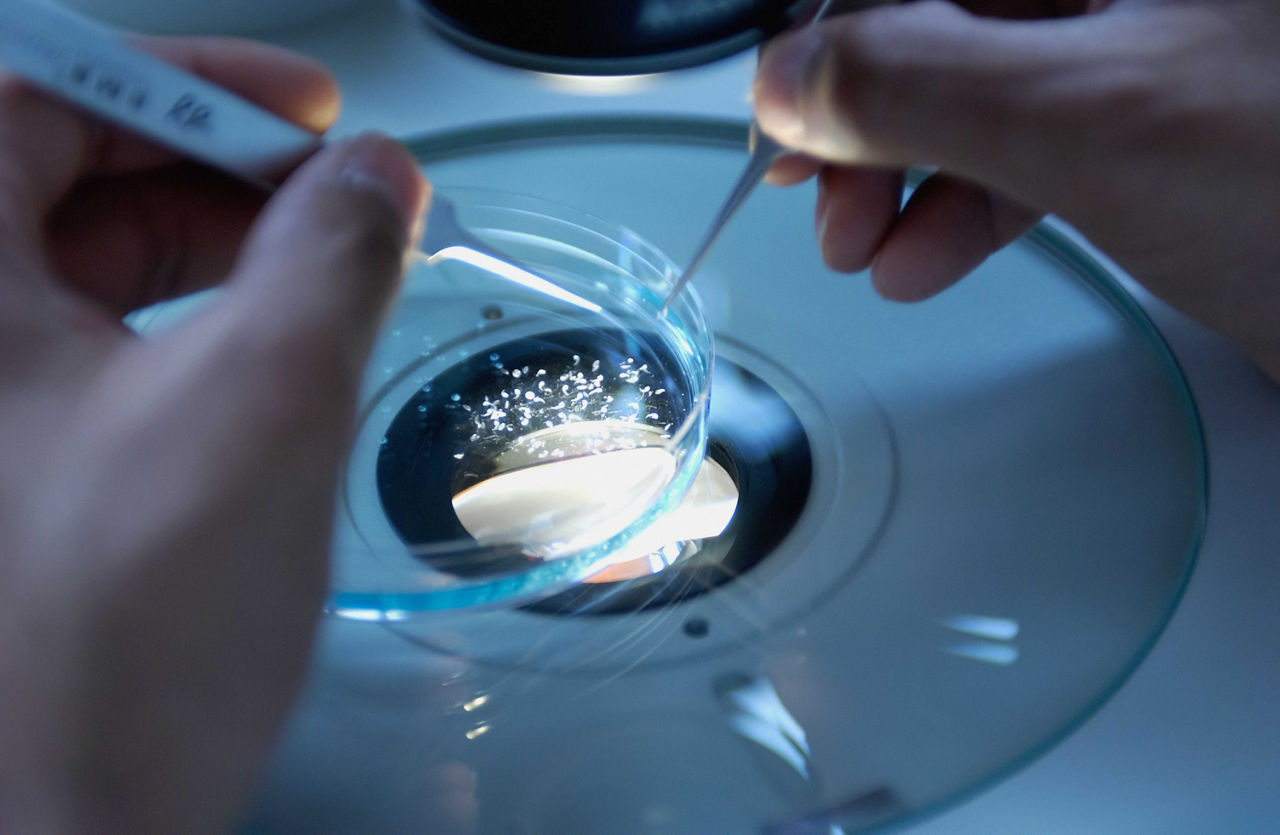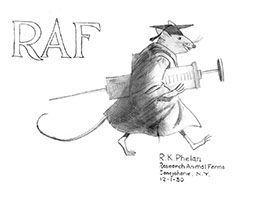Seven-decade transformation to a leading provider of genetically engineered disease models and services
From its humble beginnings in the Phelan family garage in 1949, Taconic has grown into a global biosciences corporation providing cutting-edge research tools to pharmaceutical, biotechnology, and academic institutions. Taconic has remained true to its values: integrity, quality, commitment to both employees and customers, and ethical animal care.
Along the way, Taconic grew from a single facility in upstate New York with six employees, to a network of facilities and lab sites throughout the U.S. and Europe.















.jpg)

.jpg)
.jpg)
.jpg)
.jpg)





.jpg)


.jpg)
.jpg)

.jpg)


.jpg)





.jpg)

.jpg)




?ts=1726521199705&dpr=off)


